If you just got your hands on your first ever DSLR camera then no doubt you've noticed it has a lot more options than a regular point-and-shoot camera. These options enable you to get the camera to do some tasks automatically for you. The camera will alter its settings and make calculations for others based on the scene and the mode you choose. But how does all of this enable you to get better images?
1. Full Auto
Full Auto is just what it says. This sets the camera to automatic and make it try to generate proper exposure. Whether you need a flash fill or you don't, the camera does what it can to ensure that you get proper exposure.
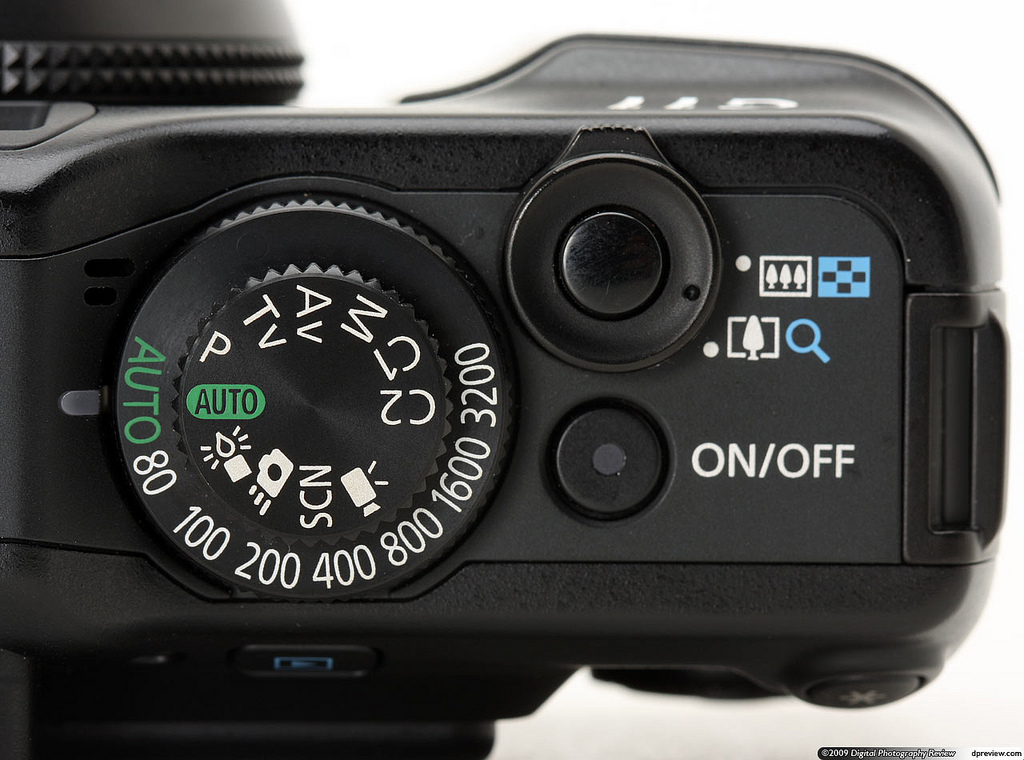
2. Portrait
The portrait setting keeps the widest aperture value possible and will avoid using the flash unless necessary. This will pop out the internal flash, assuming your camera has one or you don't have an external one. This setting uses the lowest aperture setting to create the right levels of background blur, a crucial part of any good portrait.
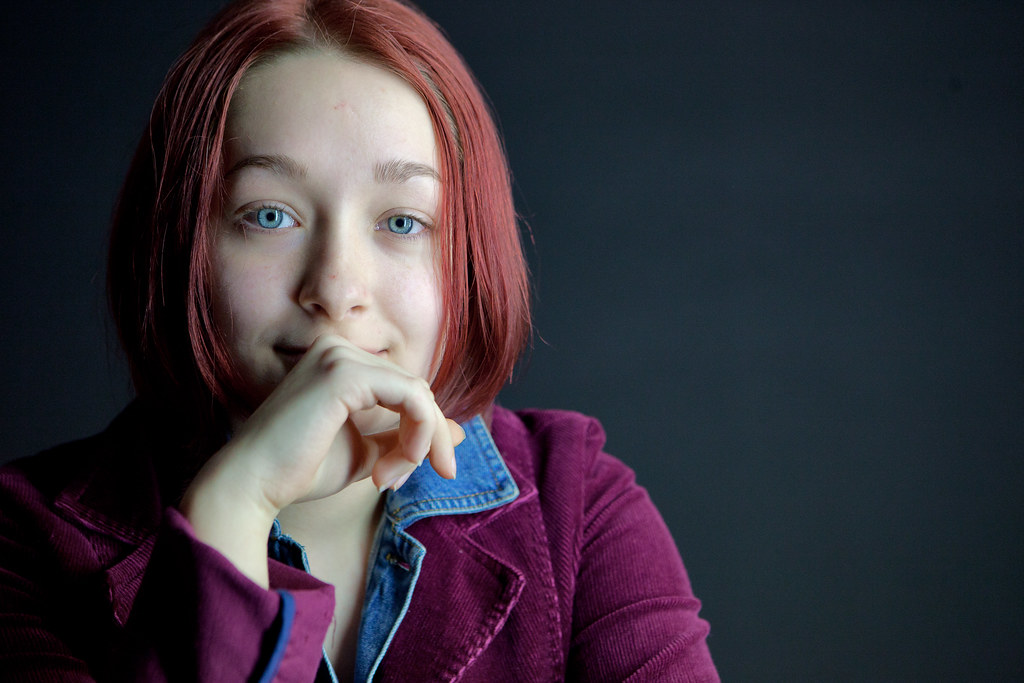 Photo by Kris Krug
Photo by Kris Krug
3. Landscape
The landscape option keeps the ISO lower and uses a medium aperture value, typically between f5.6 to f8, to bring more things in focus with a wider depth of field. It also avoids boosting the ISO too much because this mode assumes that you have a tripod mounted to your camera to help you avoid unwanted motion blur.
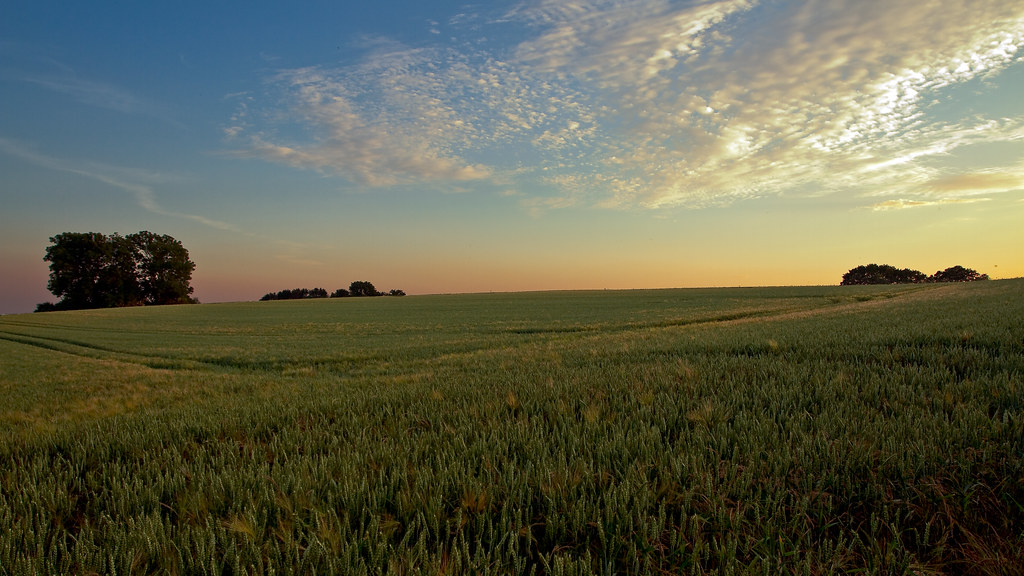 Photo by Frank Schmidt
Photo by Frank Schmidt
4. Macro
Macro mode works in a similar way to portrait mode. The difference is that it closes the aperture a small amount and makes use of flash more. Bear in mind that switching to the macro mode will not make your lens focus closely. To do that you need to have a dedicated macro lens.
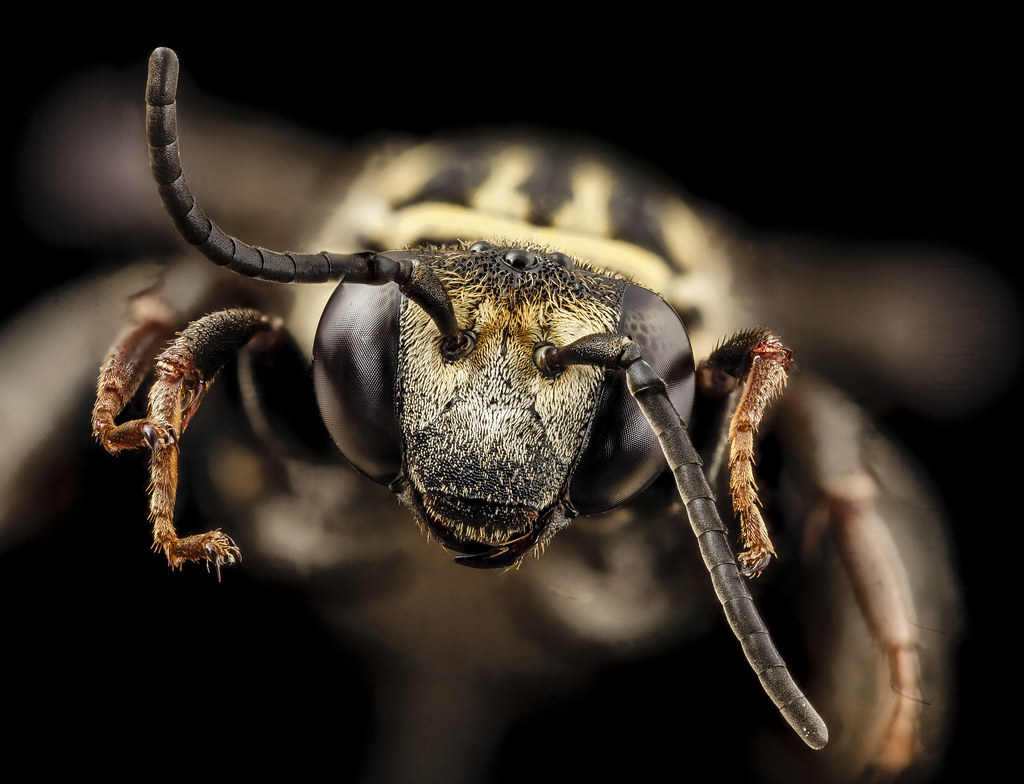 Photo by Sam Droege
Photo by Sam Droege
5. Sports
Sports mode will use the highest shutter speed it can, which means it boosts your ISO and opens up the aperture a lot. This freezes the action on the subject and gives a shallower depth of field. It will also take pictures using burst mode, which takes a lot of photos in a short amount of time. The focus is set to servo to track what you are photographing between the shots.
 Photo by evoo73
Photo by evoo73
6. Night portrait
Night portrait mode is essentially portrait mode using slower shutter speeds to trap more ambient light. The flash setting is changed to second curtain so that it goes off right before the shutter of the camera closes. That way you get the ambient light thanks to the longer exposure, and the flash works to freeze the portrait to give you decent sharpness.
7. No flash
No flash is essentially Full Auto mode but without flash. The camera will never set off the flash, ever. There are some models that won't even let you access the flash when this mode is active. This is ideal for those times you would find flash annoying instead of helpful, such as shooting at a wedding or another event being filmed by a professional videographer.
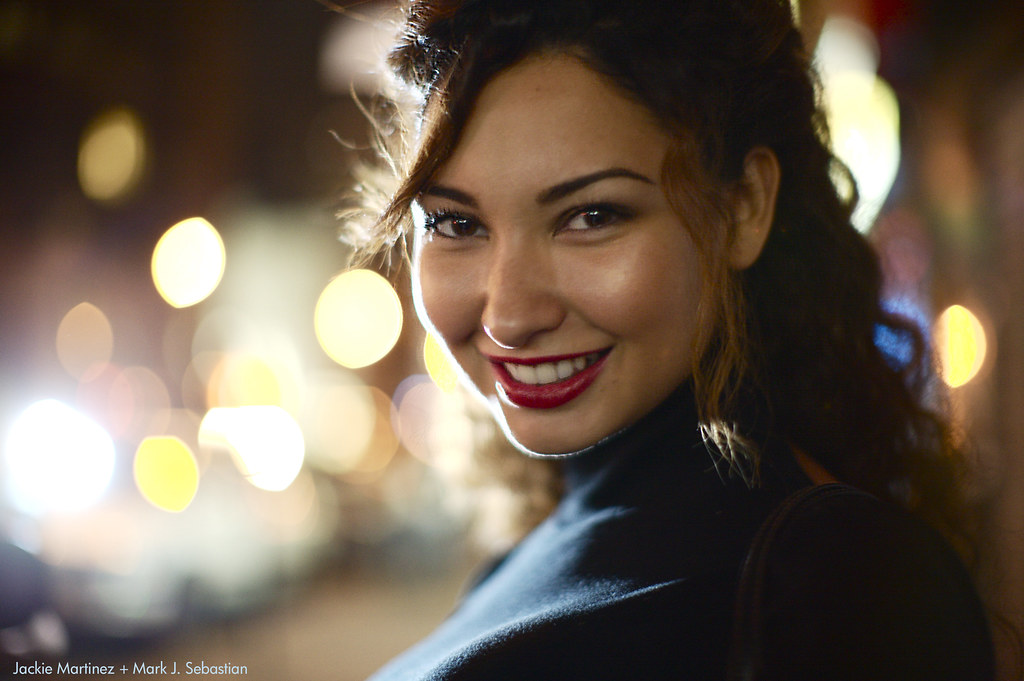 Photo by mark sebastian
Photo by mark sebastian
What About the Manual and Semi Manual Modes?
1. Full manual
Full manual means just what you think. You have complete control over the camera and the settings. The only thing you don't have control over is the metering. The aperture, ISO, shutter speed, focus point and mode, metering mode, whether to use a burst or single shot, is entirely up to you. You should know your exposure triangle well to use this mode effectively.
2. Av (Aperture Value)
This mode works just like full manual does. The difference between the two options is that this option chooses the shutter speed automatically. If you used this mode with a central point for focusing and while using spot metering you can pretty much meter and focus with the center point, regaining complete control slightly faster than you would using manual mode because there's no need to turn a dial.
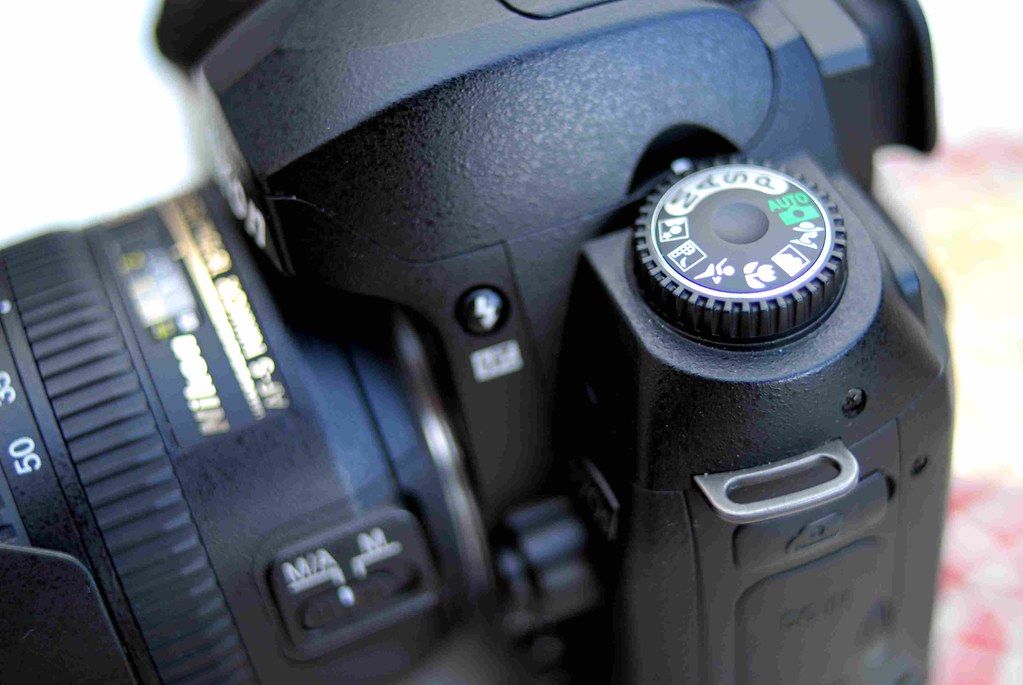 Photo by salimfadhley
Photo by salimfadhley
3. Tv (Time Value)
TV is one of the semi auto modes. You choose the shutter speed you want and the camera chooses the ISO and aperture based on the shutter speed you pick. This mode is commonly used by street photographers. This setting can cause the camera to use too much ISO if you set the shutter speed wrong. High levels of ISO can cause a lot of noise in photographs.
4. A-dep (Automatic Depth)
A-deep is a bit more complicated than the other modes. It requires you to focus three times. The first two times tell the camera where your field begins and ends. The camera then chooses the right settings necessary for that range. The third focus is for actually taking the picture. This can lead to aperture values of over 20.
5. P (program)
The P setting is a fun setting. This setting makes the camera suggestive, but you have the power to override the suggestions by turning some dials, like you would in manual mode. Most of the time the camera only suggests shutter speeds and aperture levels, making this the most commonly used setting by photojournalists.
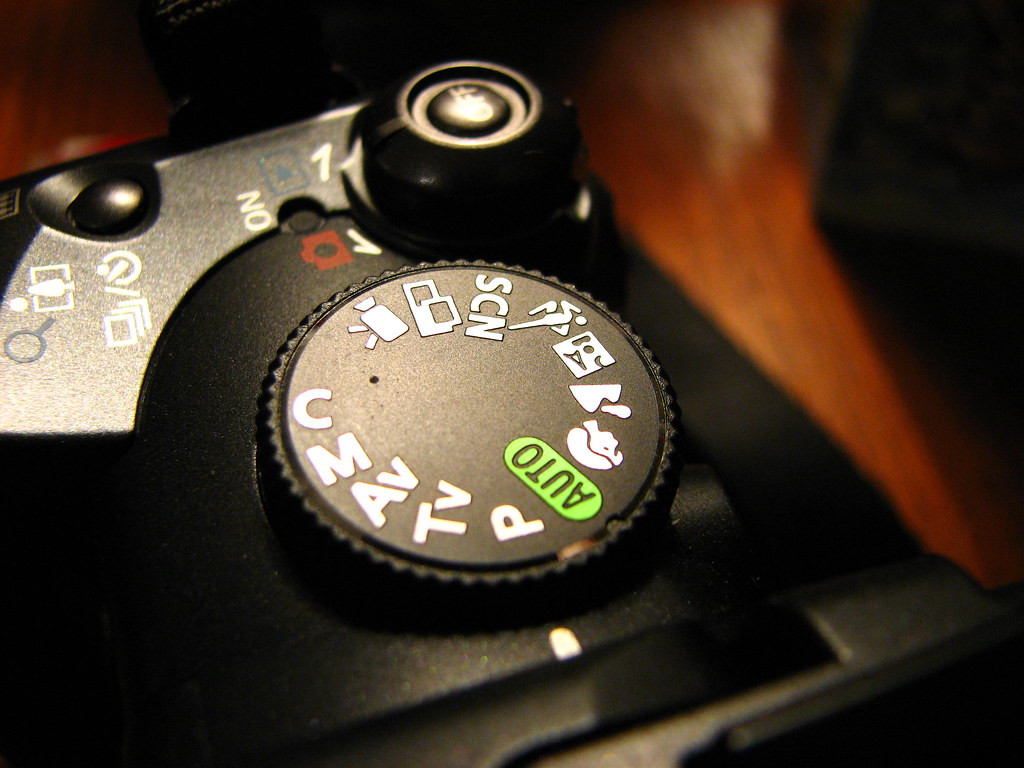 Photo by Ian Muttoo
Photo by Ian Muttoo
If you're looking to enter the world of professional photography then you need to stay away from automatic settings. Learn and master the manual controls using full manual, AV, or TV. It's important for you to keep control of the camera all the time.
If you got your DSLR camera as a present and you're interested in just using it like a casual point-and-shoot camera then going fully automatic and letting the camera pick everything is probably best. That way you can get straight to shooting without worrying.





2 Comments
Very usefull for beginers
You should have included Nikon Preset Options as examples also, not everyone has a canon or canon like options